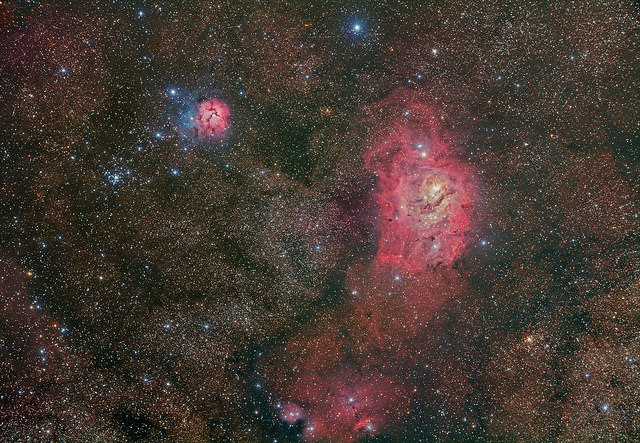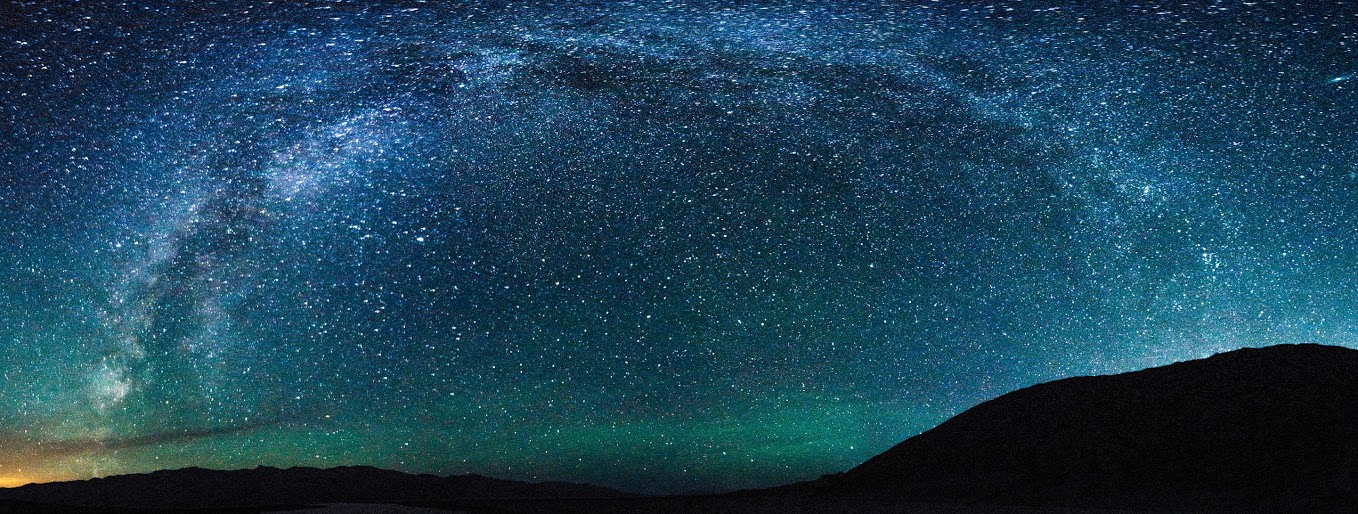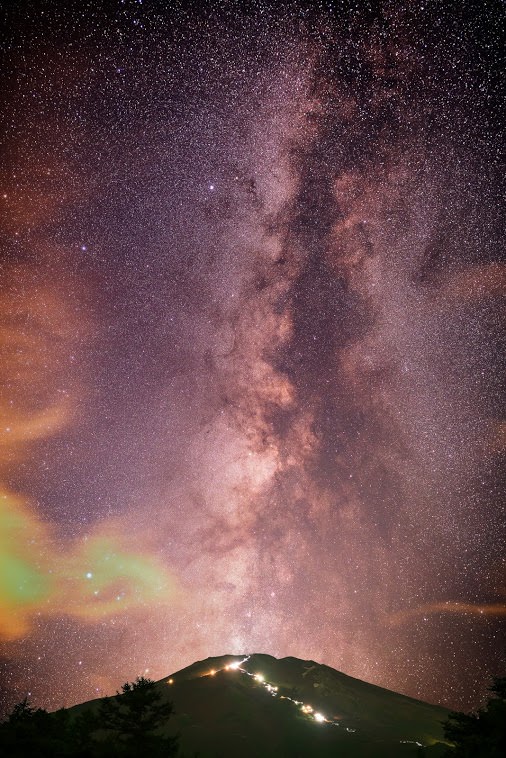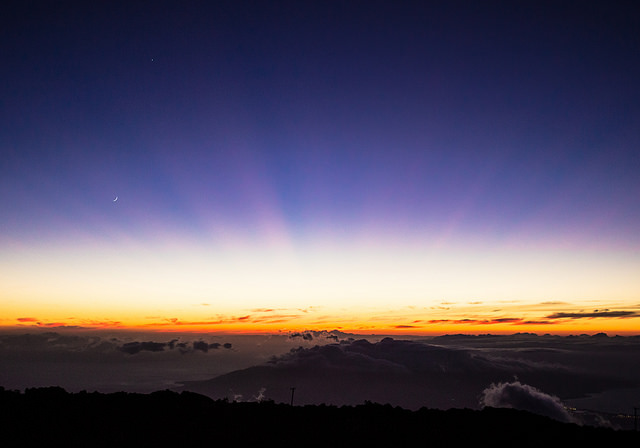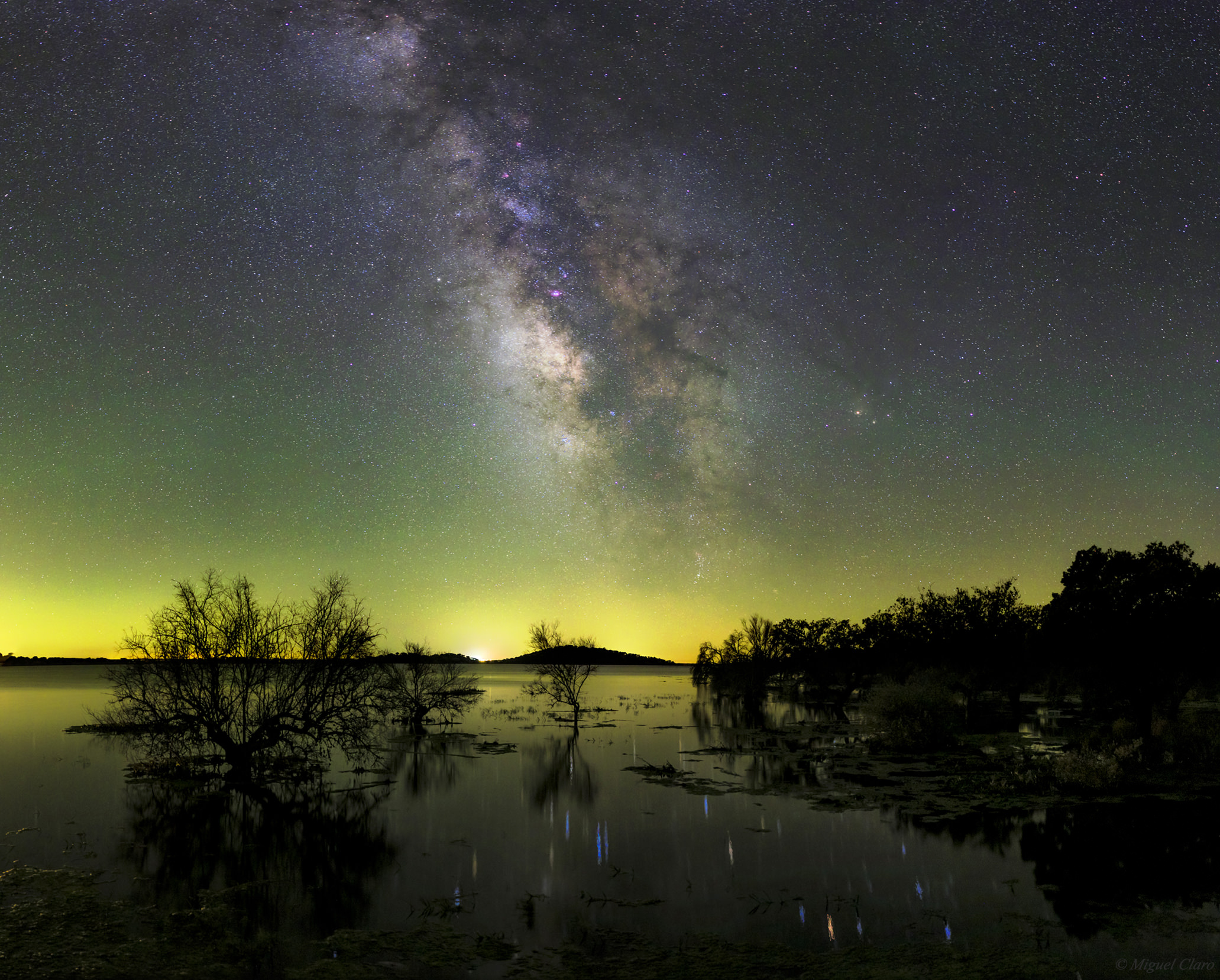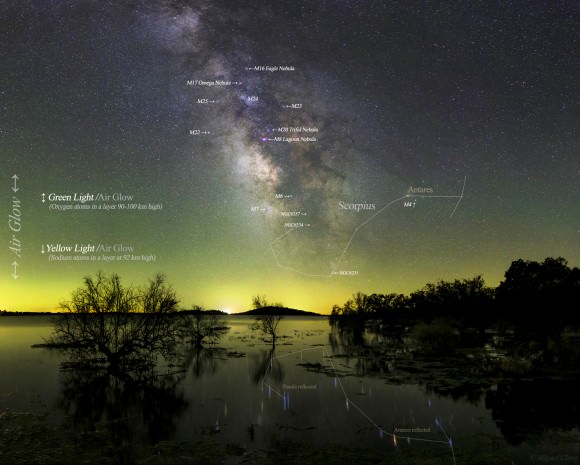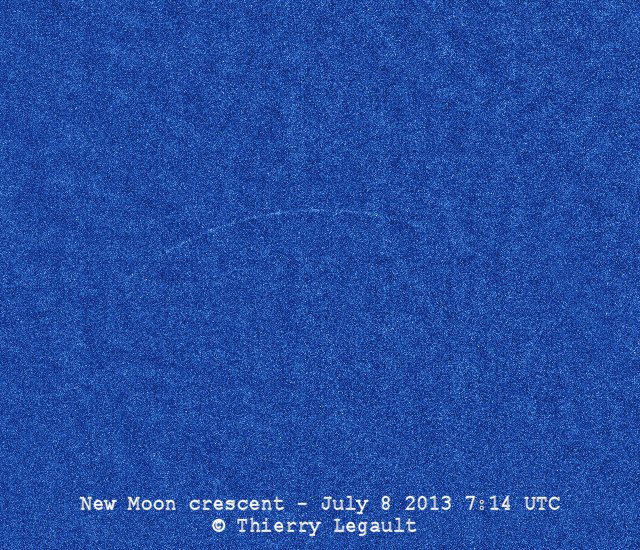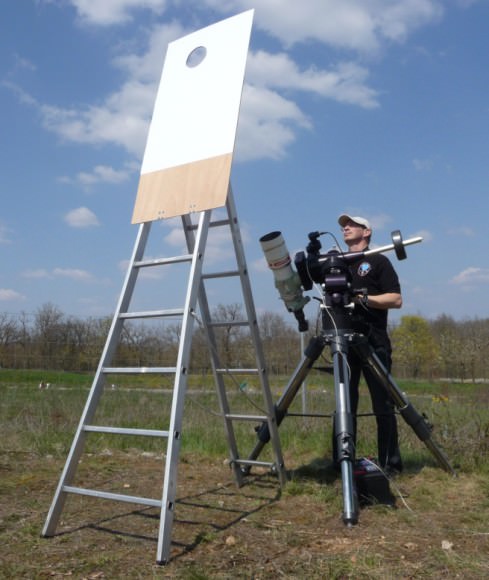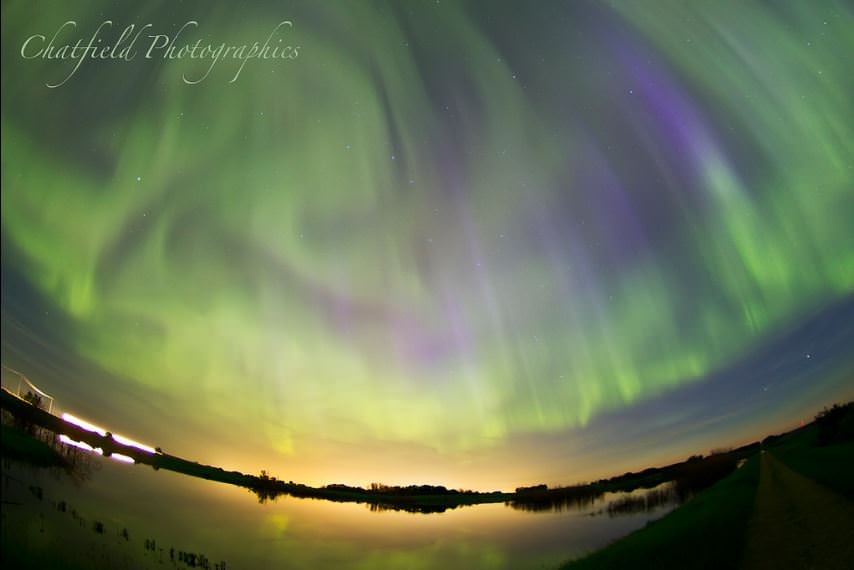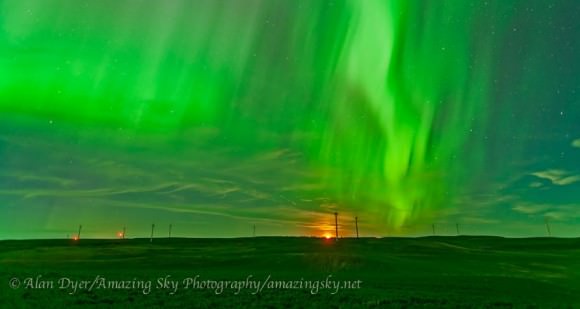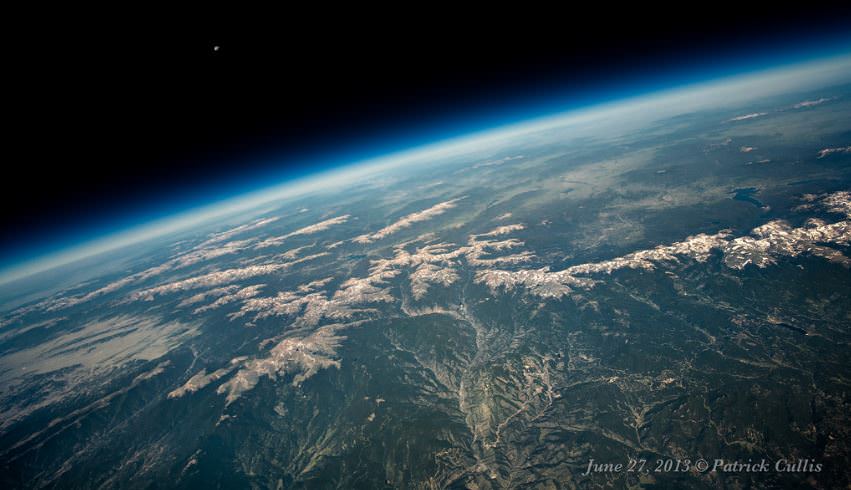Here’s a beautiful deep look at a wide-field view of the Lagoon Nebula (M8, NGC 6523) and the Trifid Nebula (M20, NGC 6514) along with star cluster M21 and star forming region NGC6559. Amateur astronomer and astrophotographer Terry Hancock from Michigan says this is one of his favorite fields of view to observe. However, right now it’s very low in the southern sky and therefore limited to a couple of hours each night. Just wait until next month, and this region will be higher in the sky for better northern hemisphere viewing.
Terry captured this view in H-Alpha plus RGB over 4 nights.
I’ll let him explain the view:
“Both of these objects are intensely rich with HII regions. Right of center is The Lagoon Nebula, a giant emission Nebula and HII region, bottom center can be seen the star forming region NGC6559 , these are estimated at 4,000 to 6,000 light years from us in the constellation Sagittarius.
Upper left in this image can be seen M20 or NGC 6514 known as The Trifid Nebula also in the constellation of Sagittarius and lies at a distance of approximately 5000 light years from us.
This object is a combination of emission nebula (the red area), reflection nebula (the blue area) and dark nebula (the dark jagged lines within the Trifid Nebula). Below left of M8 is the Star cluster M21.”
Just a really stunning “deep and wide” view of this region of the sky. See more of Terry’s work at his website, The Down Under Observatory (he’s originally from Australia) or on Flickr or Google +.
He’s also got a great video of some of his work:
Want to get your astrophoto featured on Universe Today? Join our Flickr group or send us your images by email (this means you’re giving us permission to post them). Please explain what’s in the picture, when you took it, the equipment you used, etc.

